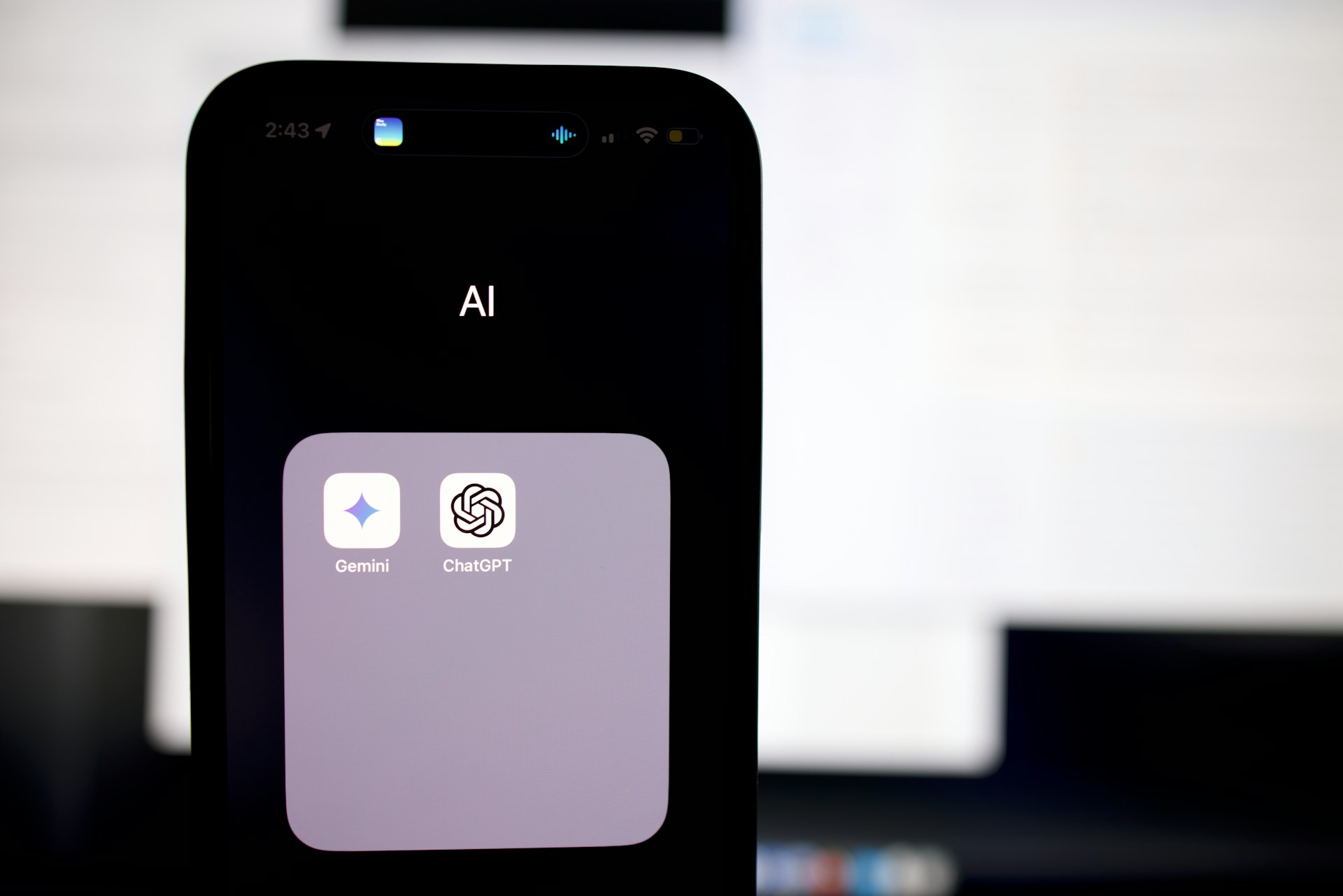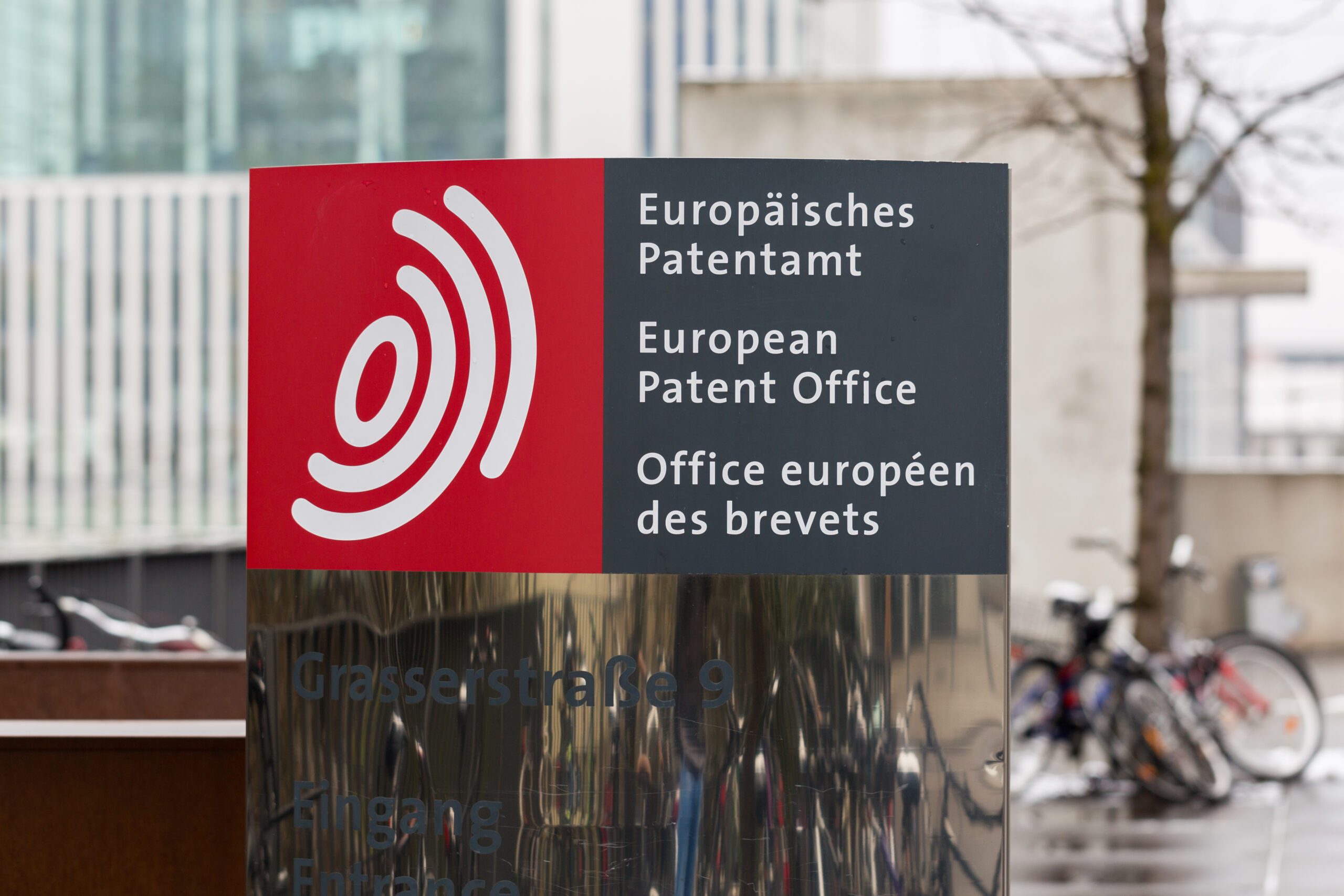
Why patent attorneys should think beyond ChatGPT
Introduction
When Albert Einstein joined the Swiss Patent Office in 1902, patent work was entirely manual: attorneys drafted on paper, searched prior art in libraries, and prepared office action responses by hand. While the digital tools of the 1990s improved speed and organization, they didn’t fundamentally alter the work of patent attorneys.
Now, just forty years later, the profession is facing a second wave of change. LLMs like GPT, Gemini, or Claude are widely accessible, and many attorneys are naturally experimenting with them. But there are clear limits. Relying solely on general-purpose LLMs risks missing the deeper innovations coming from patent-specific AI tools designed for patent work.
Here are three reasons why.
1. Specialized tools compound value
To patent attorneys, it can be tempting to assume a general-purpose LLM can be adapted to patent work with clever prompting. In reality, teaching different models about preferences, working around context limits, and maintaining consistency across outputs is time-consuming.
Take identifying the closest prior art. In ChatGPT, analyzing more than 10 files is not straightforward: each file has to be pasted in separately, often chunked to fit context limits, and guided through multiple prompts to extract claim-relevant disclosures. Because the model has no built-in way to map claim elements across documents, outputs are fragmented and inconsistent. In contrast, ClaimWise automatically breaks claims into their constituent elements, then searches across all prior art documents in parallel. For each element–document pair, it retrieves the most relevant paragraphs, figures, and tables, while tagging whether the disclosure is explicit or implicit. All this happens in a couple of seconds.
Or consider an inventive step analysis where an attorney needs to distinguish the technical features of the invention from the non-technical features (’COMVIK’). In ChatGPT, the model often defaults to U.S. law, so practically speaking attorneys would need to first search for relevant sections in the 1,000-page EPO case law compendium, the 1,000-page EPC Guidelines, plus the relevant prior art and copy paste everything into a well-formatted prompt. Even then, it’s easy to exceed context limits. Instead, ClaimWise uses a dedicated Inventive Step Agent, which activates worker agents to crunch through EPO case law, the examination guidelines, and prior art in parallel to deliver a jurisdiction-specific solution in minutes.
And we’re not the only ones proving this point. A recent MIT report found that: “Generic tools like ChatGPT excel for individuals because of their flexibility, but they stall in enterprise use since they don’t learn from or adapt to workflows. Purchasing AI tools from specialized vendors and building partnerships succeed about 67% of the time, while internal builds succeed only one-third as often.”
2. Clients also have access to general-purpose LLMs
Using patent-specific AI tools is a clear business advantage when clients are already experimenting with general-purpose LLMs themselves.
Many attorneys have already seen it: a client sends back a draft claim set, draft response, or even a litigation strategy that cites non-existing prior art or contains hallucinated citations. The tools are accessible enough that clients try them, even if the quality isn’t there.
Now imagine being that client. You potentially pay thousands of euros for a patent draft or office action response, only to find out your patent attorney is using the same tool you did at home. Reviewing or correcting a ChatGPT draft with ChatGPT itself doesn’t inspire confidence - it risks repeating the same errors, the same hallucinations, the same gaps.
This unfavorable outcome creates two pressures:
- Price pressure - clients push fees down, since the work looks commoditized.
- Time pressure - clients question why they should wait longer (and possibly pay for more billable hours) for “manual old-school work” when all sorts of automation tools are available.
The logical alternative is for attorneys to use patent-specific AI tools. These are built by teams working closely with the profession, improved daily, and use the newest technology (e.g. agentic RAG) to reach higher standards of accuracy and efficiency.
3. Local development generates local optima
Still, when the patent attorney team evaluates the patent-specific AI tool, a familiar objection comes up:
“General-purpose LLMs already help me with the majority of patent tasks. With the right team, we could just build a dedicated solution in-house.”
It’s an understandable reaction. But locally developed products are likely to deliver local optima. A firm’s in-house tools (e.g. prompt sets, fine-tuned models, personalized RAG pipelines) may capture its own style of working, but that expertise comes from a relatively narrow set of attorneys, handling a limited number of cases in a few industries each year. No attorney - or firm - can realistically track every technological development across different fields of technology the way examiner teams at the EPO do, which means in-house tools may miss out on relevant data.
And even for firms operating at scale, local solutions face diminishing returns. Expanding into a new jurisdiction means rewriting prompts, updating models, or creating new AI agents based on local case law and examiner practices. Entering another industry or field of technology requires new technical vocabularies, argument styles, and prior art understanding. These shifts require new efforts.
Patent-specific AI tools, by contrast, spread those costs across many clients and turn continuous feedback from hundreds of attorneys into better features for all. That shared learning is what compounds value over time. The question isn’t whether an internal build can work in the short term - it’s whether it can keep pace with a global feedback loop that moves faster than any single firm can sustain.
Conclusion
The choice for attorneys isn’t whether to use AI - it’s which AI to use. General-purpose LLMs may seem cheaper and more flexible upfront, but they come with hidden costs: inefficiency, quality risks, and client skepticism. Patent-specific AI tools, by contrast, compound in value because they focus entirely on the problems attorneys face
Patent AI that keeps you in the driving seat.
Trusted by patent attorneys at top firms in 15+ countries. Book a 30-minute demo with our experts to see how ClaimWise can help.
Book Demo




